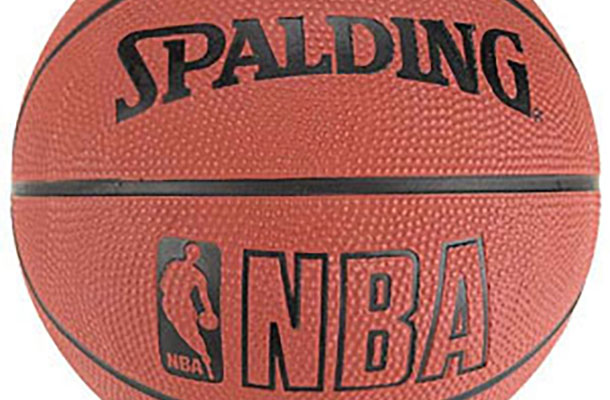After reaching a tentative deal in the early hours of April 1, the NBA Board of Governors and the National Basketball Players Association formally approved their collective bargaining agreement in the final days of April.
Similar to the present arrangement, the seven-year pact will start on July 1 and go through the 2029–30 season with a mutual opt-out after year six. The new agreement has a number of standout features, including an in-season tournament, a second luxury tax apron that affects high-payroll teams’ roster construction, reduced fines for teams that are just over the luxury tax threshold, and players’ rights to invest in NBA and WNBA teams as well as sign sponsorship deals for betting and cannabis.
Most importantly, the fundamental economic system is unchanged, with money being distributed about 50/50 between players and owners. In a league where franchise valuations and player pay have risen over the previous twelve years, neither party was looking to upend the current structure.
A new economic landscape
The NBA’s financial situation in 2011, when labor discussions were taking place, was very different from what it is now. The NBA had recently acquired the financially precarious New Orleans Pelicans from George Shinn, and more than half of the franchises were losing money.
That year, two franchises were sold: the Detroit Pistons for $325 million to Tom Gores, and the Philadelphia 76ers for $287 million to Josh Harris and David Blitzer. The only player to earn more than $20 million that year was Kobe Bryant.
The NBA from ten years ago no longer exists. With the exception of a few outliers like the Los Angeles Clippers, who are responsible for an approximately $140 million luxury tax penalty, almost every club will make an operational profit this season. Both the Phoenix Suns ($4 billion to Mat Ishbia) and the Milwaukee Bucks ($3.2 billion to Jimmy and Dee Haslam for Marc Lasry’s 25% of the franchise) were sold for valuations that were more than 10 times the sale prices of the two teams in 2011, and neither team is included among the NBA’s top 10 most valuable organizations.
In the 2022-23 season, 61 players – including Nikola Jokic, who might lead the Nuggets to their first NBA title according to Bet99, LeBron James, Stephen Curry, and Giannis Antetokounmpo – made $20 million or more in salaries. Salaries and benefits for players are set to rise by $250 million next season, thanks to an increase in basketball-related revenue (BRI) from normal revenue growth and the inclusion of licensing money in BRI for the first time since the salary cap was introduced 40 years ago.
The new collective bargaining agreement will further broaden BRI in terms of how free tickets, team watch parties, barter expenditures, plaza naming rights, and stock transactions are handled. Over the duration of the new arrangement, players are expected to make between $45 billion and $50 billion in earnings.
With 36 players included among Sportico’s 100 highest-paid athletes in world sports, based on wages, prize money, and endorsements, the top athletes are also awash in sponsorship agreements; the NFL came in second with 25 players, and international soccer came in third with 13.
Financial growth
A number of transactions accelerated the NBA’s journey to become a financial behemoth. The league locked out players before the 2011–12 season, resulting in a five-month work stoppage before an eventual 66-game season. The subsequent CBA caused a fundamental reset of the NBA’s economic structure by reducing the players’ share of BRI from 57% to about 50%, making the short-term suffering worthwhile for owners. The 2017 CBA expanded a similar framework.
The Clippers’ $2 billion acquisition by Steve Ballmer in 2014 raised the standard for franchise values. It was more than seven times what Harris and Blitzer paid for the 76ers three years prior and almost four times the previous record of $550 million set by the Bucks earlier in the same year.
The next step was a national TV renewal with ESPN and Turner Sports, which was worth 200% more per year than the prior agreement. Over the next 18 months, the NBA will probably sign another TV agreement that will again be worth more than twice as much as the one it already has. The new CBA will gradually raise the salary cap in order to prevent any one-year anomalies, in contrast to the previous TV pact when the wage cap skyrocketed with the growth in income.
By allowing clubs to have three two-way players instead of the previous two, the approved CBA creates 30 additional jobs in the league. With the CBA resolved, the league is also one step closer to expanding by two clubs, which would result in additional employment for players and a bonanza for the owners, who would split the expansion costs, while also adding two more teams to the league.
The latest expansion franchise in the NBA was in Charlotte, which joined the league for $300 million and began play in 2004. By the end of the current decade, two new teams should be established, and prospective investors are already preparing the framework to

